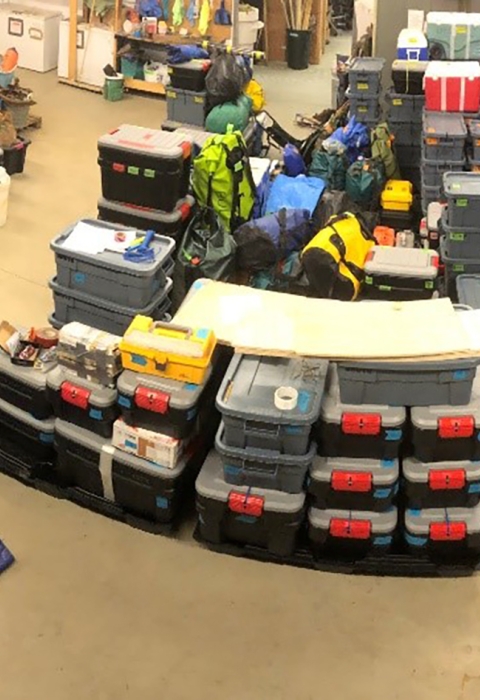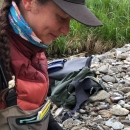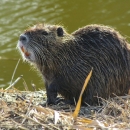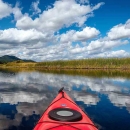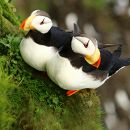To limit the introduction and spread of invasive species invasive species
An invasive species is any plant or animal that has spread or been introduced into a new area where they are, or could, cause harm to the environment, economy, or human, animal, or plant health. Their unwelcome presence can destroy ecosystems and cost millions of dollars.
Learn more about invasive species throughout remote parts of the state, we're facilitating early decision planning and improving biosecurity measures throughout Alaska. This involves the use of decision support tools such as habitat suitability models, horizon scanning, and Hazard Analysis and Critical Control Pointanalyses. Each tool helps to assess the risk and likelihood of where and how invasive species could be introduced or become established. Early decision planning tools also help prioritize prevention efforts and locations. In turn, biosecurity covers actions such as cleaning, inspecting, and sealing field project equipment and supplies before departing for remote, potentially non-infested, parts of Alaska. Practicing biosecurity for all field efforts is encouraged.
Wildlife Refuge Specialist
National Wildlife Refuge System
Additional Role(s)
Special Use Permits
Expertise
Biosecurity,
Fisheries,
Invasive Species
Area
AK
Homer,AK
Regional Invasive Species Program Coordinator
Fish and Aquatic Conservation,
National Wildlife Refuge System,
Aquatic Invasive Species
Area
AK
Anchorage,AK
